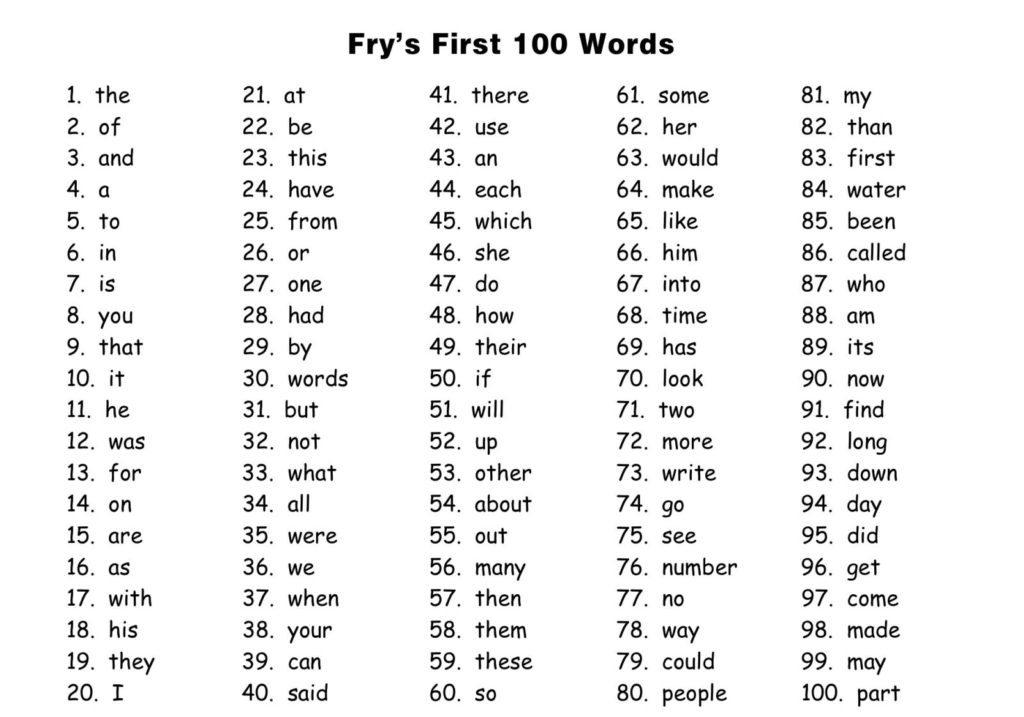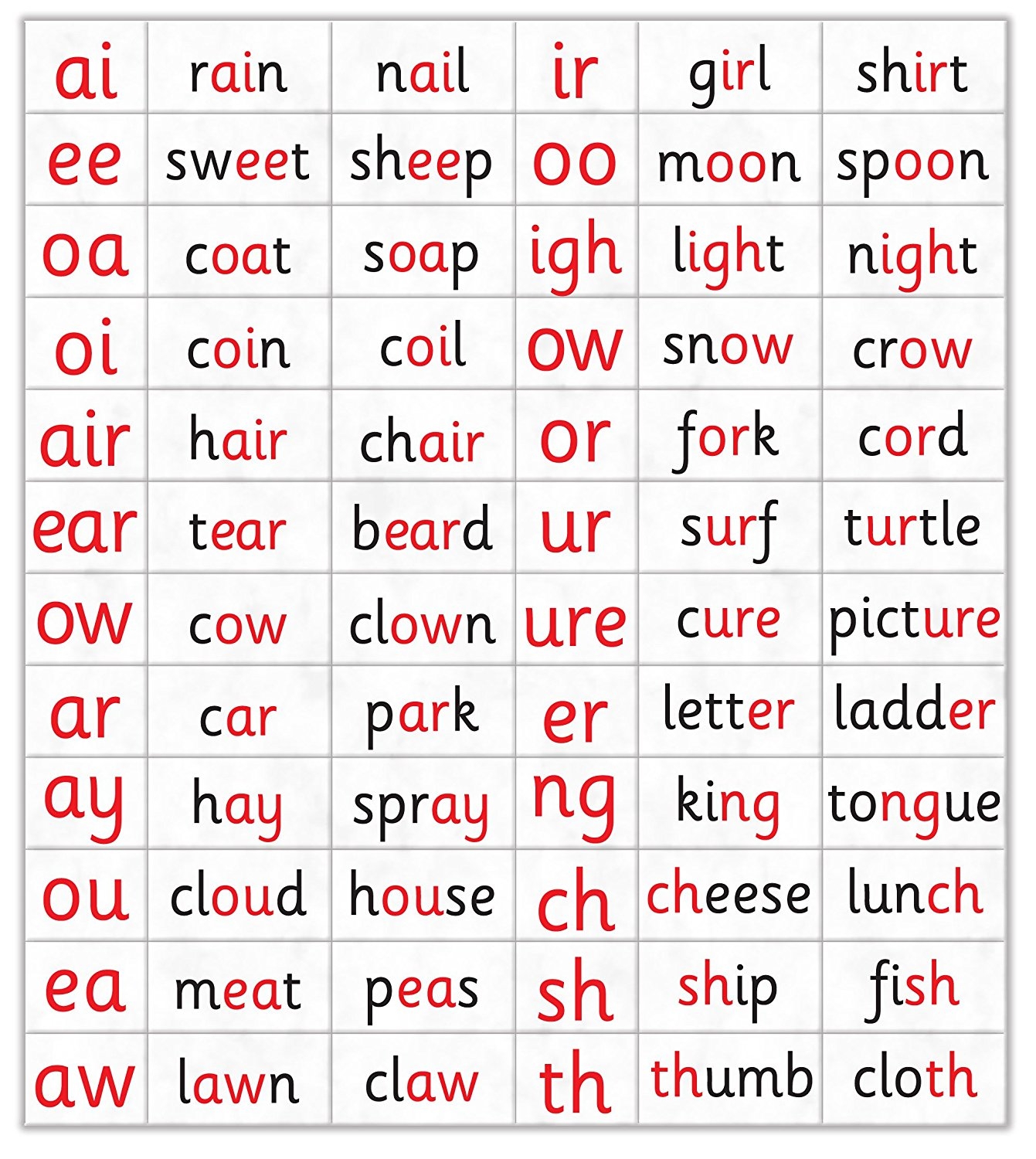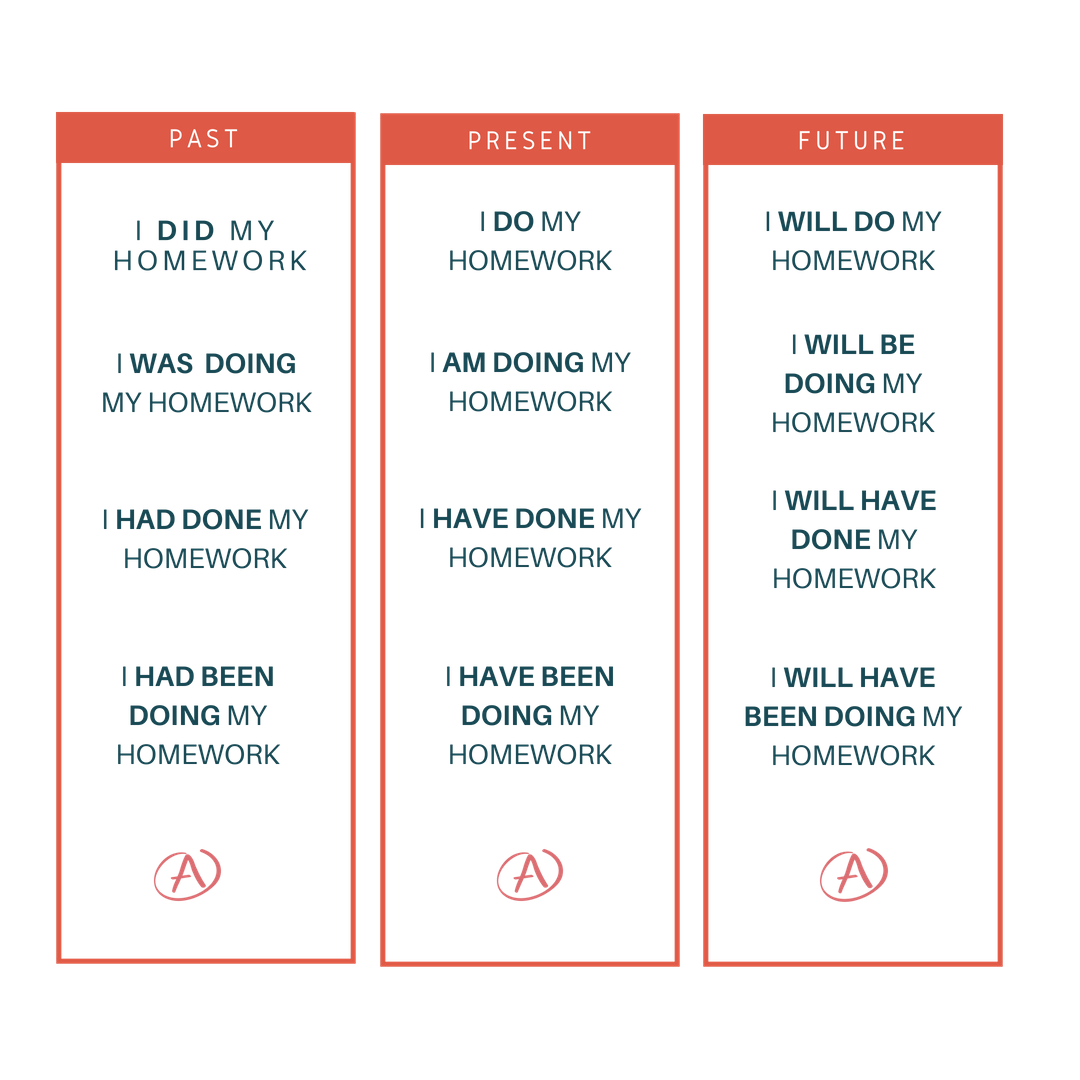How to Improve English Skills for Primary School Students: A Parent’s Guide
Developing a good grasp of English at an early age is essential for successful learning and development in a student’s following school years. Parents want to be able to help their children succeed in English as early as possible. However, understanding exactly what your child needs to know content wise per year level can be difficult when reading through the Australian curriculum. Not to mention, trying to comprehend a teacher’s comments on an end of term report is near impossible. So, we have broken down the basics for you, to help your child grasp primary English.
The Australian Curriculum is broken into three strands when learning the English language in the primary years: language, literature and literacy. The integration of these three strands into a child’s learning is aimed at developing a student’s reading, comprehension, spelling, grammar and writing. Building on these four core areas creates confident communicators, concise writers, spelling wizards and articulate orators – skills that are all necessary for success later in life.
Laying a solid groundwork in the foundational years of a child’s English learning is integral for success in other areas of school and A Team Tuition acknowledges this link. When students struggle with English, their grades in all other areas consequently suffer which is why English is one our most sought after tuition subjects for primary school students.
For parents, the difficulty for assisting their children in primary English is understanding the needs of their students outside of the classroom. I am often asked by parents “What is the best way to teach my child how to spell?”, “How can my child improve their grammar?”, or “How do I teach my child to read?”
The answers to these questions, and ultimately receiving an ‘A’ in primary English, are found by deconstructing the language, literature and literacy bands into the following seven tips. book a primary english tutor for your child now
1. Make sure your child knows their ‘Basic Sight Words’
Learning to read is a skill that most children pick up prior to enrolling in school. You’ll find that children become aware of certain words and phrases they come across in everyday life, from a “stop” sign to reading the label on the back of a packet of biscuits. However, children usually do not have the neurological capabilities to decode (break down words into parts) and become phonically aware (recognise the sounds of certain letters) until around the age of 4 or 5. Around this age, children start to develop phonic awareness and learn the basic sight words.
Learning basic sight words is one of the most important steps to receiving an A in Primary English. Having tutored students from Prep to Year 12, I am still shocked by the amount of students I come across on a weekly basis who struggle to spell ‘here’ or differentiate between ‘there’, ‘they’re’ and ‘their’. It is integral for students to be able to know Fry’s first 100 words and Dolch’s Basic Sight Words by approximately the end of Year 3. Equipping your child with this basic vocabulary list, prepares them for the next hurdles they’ll face in the following years: learning word types, homophones, plurals and past tense rules.

2. Teach Your Child to Read Strategically
This advice is as old as the hills as my parents would say, but its value is timeless. Many studies indicate a strong correlation between students receiving higher marks on standardised tests for primary English when they read often compared to students who don’t (Kalb and van Ours, 2012).
Reading is one of the simplest ways to boost a child’s English abilities as it touches upon all three strands. The Queensland Curriculum and Assessment Authority (‘QCAA’) identifies seven strategies that should be utilised when teaching children to read strategically;
- Identifying the literal, inferential and personal meaning,
- Learning to ‘read between the lines’ and draw inferences from ambiguity,
- Knowing why you are reading a text,
- Identifying cues which lead to the main idea,
- Using prior knowledge to inform meaning,
- Making hypotheses and drawing conclusions about information within a text,
- Summarising the main points of a text.
Some of this language may seem like mumbo-jumbo, but it is simpler than you may think. For instance, if your child is reading Peter Pan, you may ask them “What is the story of Peter Pan about?” This question draws on strategy 1 by identifying the literal meaning of the story, as well as strategy 7 by having your child summarise Pan’s travels.
The question “Why does Wendy want to grow up?” requires your child to use strategy 4 and identify the sequence of events which leads to her decision to return to London and leave Neverland.
“Why does Peter not want to grow up?” draws upon strategy 2 by teaching your child to drawn inferences from the story as well as strategy 6 by having them find the moral of the story; all children must grow up.
Once you know which questions to ask your child and what category they fall into, then you can identify the levels of reading that your child struggles with. My best advice is to diversity your child’s reading and allow them to try reading multiple different texts to expand their imagination. I always tell my students a famous quote by Dr Suess; “The more that you read, the more things you will know. The more that you learn, the more places you’ll go.”

3. Be Aware of Phonics
I’m sure parents can appreciate that the alphabet song may become one of the most annoying tunes when your child sings it over and over again. But learning the alphabet is the critical link to your child learning their phonics. As mentioned previously, phonic awareness simply means being aware of each letter of the alphabet and the sound that each letter makes. It is the first step towards developing an understanding of spelling blends, syllables and eventually words.
One of the first basic phonics activities is ensuring your child knows the sounds of each letter of the alphabet. I usually follow this activity by teaching my students the difference between long and short vowel sounds. The simplest way to explain the difference is through the ‘Magic e’ rule. For example, adding an ‘e’ onto the word ‘mad’ forms the word ‘made’ which changes the ‘a’ sound from short to long. Once a child is aware of the fact that these sounds do differ, I utilise sound to word matching activities which is simply asking “What is the first sound you hear in the word apple?”
Other activities include having your child identify spelling blends such as sp, gr, pl, sh in words, before proceeding to word to word matching activities (“Do bat and cat start with the same sound?”) and identifying rhyming words (“Do bat and cat sound the same?”). These strategies precede children breaking words into parts. This is most prominent with identifying syllables. For kinaesthetic learners in particular, teaching syllables through movement is the most effective method. I ask my students to clap or stomp to each syllable they hear in a word. In the word ‘cupcake’ for instance, it can be broken into two syllables (cup/cake) and a child would clap/stomp twice.
The next step in the phonics journey is intertwined with syllables; identifying compound words. For example, this entails requiring your child to identify the two words within ‘spaceship’. If your child is able to understand these basic phonics activities, then they are skyrocketing towards that ‘A’ in Primary English.
4. Ensure Your Child Knows their Spelling Rules
While English is distinct from Maths in the sense that there is a lot less rigidity in certain formulas that you must follow to find a desired answer, English still uses rules to teach at times! Rules are most prominent in the English curriculum when teaching spelling. One of the secrets to success for English in the primary years is knocking these spelling rules on the head as early as possible. Children who read frequently are more capable of keeping their heads above water if they do not know the rules of spelling since they’re spelling from memory. But for students who might not read as often, spelling can be like playing a game of snakes and ladders. One incorrect word, and down the snake you go back 10 spaces.
Key spelling rules include the aforementioned ‘Magic e’ rule, ‘I’ before ‘e’ except after ‘c’, ‘q’ always needs a ‘u’ and dropping ‘e’ when adding a vowel suffix (adding an ending to a word) such as bake + ed = baked – without the double ‘e’ to name a few.
For students who may be more mathematically inclined, an ‘A’ in Primary English is more ‘A’chieveable if you look at spelling from a rules perspective. Just like 5 + 5 = 10, thinking jump + ing = jumping or fake + ing = faking seems a lot more straightforward.
Another tip to teaching your child spelling is through the look, say, cover, write and check method. This method is pretty straightforward. Firstly, have your child write out their spelling words. Look at them. Say the word aloud. Cover the word with their hand. Write the word next to it. Check to see if the spelling is the same.
5. Understand the Different Tenses
This tip follows directly on from the previous tip since an understanding of the different tenses, requires certain spelling rules to apply. In English, there are three main tenses that children should be aware of in their primary years: past, present and future.
The best way to learn the various tenses is by viewing the difference of the base word side by side the others. Consider the word ‘cook’. The past tense of this word is ‘cooked’, the present tense is ‘cook’ or ‘cooking’ and the future tense is ‘I will cook’. This example is quite simple since the internal parts of the word do not change but tenses become quite complex when this does occur. For example, the past tense of the word ‘sing’ is ‘sang’ and not ‘singed’. Achieving an A in Primary English is therefore, not simply limited to knowing the basic tense rules but understanding these exceptions that may apply

6. Write with TEEL
A lot of students struggle with condensing their ideas into single ideas that are correctly structured. Children from Year 5 and above (generally) should be familiar with the acronym ‘TEEL’ (or SEEL or PEEL – same thing).
For those of you who are not familiar with ‘TEEL’ it stands for: Topic Sentence, Evidence, Explain, Link. ‘TEEL’ is used in the primary years to assist students in structuring paragraphs which will later assist in the formation of an essay.
The first element, the Topic Sentence, should inform the reader of the “main idea” of the paragraph. This should be followed by the second element, evidence, to support this idea. This is usually in the form of a quotes or statistics. The third element, explain, simple means explain the evidence that you just gave and tell the reader how it helps your argument! Finally, the fourth element ties it all together.
For a more in-depth analysis of TEEL, check out our How to Get an A in English blog.
Once your child has this structure memorised, their writing will inevitably flow much smoother. However, if your child still struggles with structuring, opt for a discussion of their ideas and number the order that they speak them in!

7. Punctuate Properly
Something that a lot of children in the 21st century are lacking is proper punctuation. I blame autocorrect and Apple. Incorrectly placing a punctuation mark can affect the meaning of an entire sentence so it is important that your child is aware of the purpose of each punctuation mark.
For example, a full stop is used to ‘stop’ a sentence while an apostrophe is used to indicate possession of something or to show that a letter has been removed to shorten (Cannot to can’t).
If you’re wanting to swap out the alphabet song for a different tune, check out Scratch Garden’s Sentence Song to teach your child their punctuation basics!
The best tip that I can give to help your child succeed in primary English is being aware of what they’re covering at school and any work that is being sent home. Whether that be simply sitting down with your child and reading with them for 15 minutes every day or testing them on their spelling words, the smallest steps lead to large improvements!
However, if you’re seeking that smallest bit of extra help, our Primary Education Tutors are equipped with tonnes of fun activities to help primary children master these basics!
Happy Reading and Writing!
